KNEC KCPE SCIENCE 2018 PAST PAPER AND ANSWERSINSTRUCTIONS TO CANDIDATES (Please read these instructions carefully)
This Question Paper consists of 7 printed pages and 1 blank page.Question 1.
The form of energy that comes second during energy transformation in a torch which uses dry cells is:
A. light. B. electrical. C. chemical. D. heat.
ANSWER
The answer is: B. electrical
Reason: The 1. chemical energy stored in batteries gets transformed into 2, electrical energy through the wires. This then gets transformed into 3. light energy that you see. Question 2.
When rays of light pass from air to water they
A. bounce back. B. increase in size. C. are bent. D. are absorbed.
ANSWER
The answer is: C. are bent.
When light rays travel from air into glass or from air into water, it bends towards normal. This is because the speed of light rays decrease while travelling from air into glass or water.
Question 3.
In which one of the circuits below would the bulb light?
Question 4.
The purpose of each of the following is insulation against heat loss EXCEPT
A. clay pots. B. wooden handle frying pan. C. woollen clothing. D. window curtains.
Answer
D. window curtains.
window curtains are used for decoration, security and privacy.
Question 5.
A plane mirror is placed at the beginning of the word MALARIA. Which one of the following groups of letters will remain the same when the word is reflected?
A. M,A,L. B. M,A,I. C. R,A,I. D. L,I,A.
ANSWER
B. M,A,I.
AIЯA AM
Question 6.
Which one of the following pairs of materials are correctly matched with the heat transfer processes that take place in them?
Convection Radiation A. Water Vacuum B. Air Iron rod C. Glass Water D. Vacuum Air
ANSWER
Convection Radiation
A. Water Vacuum
Question 7.
Which one of the following pairs of substances is correctly grouped according to its characteristics?
Answer
Reason:
Question 8.
In an experiment on mixing of liquids. water, cooking oil, fresh milk and kerosene were mixed two at a time. Cooking oil mixed well with
A. water and fresh milk. B. water only. C. fresh milk and kerosene. D. kerosene only.
Answer
D. kerosene only.
kerosene is miscible with cooking oil because their mixture is a homogeneous solution
Question 9.
A component of air used for germination is also required for
A. burning substances. B. preserving soft drinks. C. making proteins. D. making electric bulbs.
ANSWER
A. burning substances.
the component of air that supports germination is oxygen. Oxygen supports burning of objects also Question 10.
A mixture of sand, salt and husks can be separated by
A. dissolving, filtering and winnowing. B. winnowing, dissolving, filtering and evaporating. C. dissolving, filtering and evaporating. D. picking. sieving, dissolving and filtering.
ANSWER
B. winnowing, dissolving, filtering and evaporating.
Reason:
Question 11.
The diagram below shows parts of a flower.
Pupils made the following statements about the parts labelled W, X. Y and Z.
(i) W produces nectar. (ii) X produces pollen. (iii) V transfers pollen. (iv) Z allows pollen tube to germinate. Which two statements are correct? A. i and ii B. ii and iv C. iii and iv D. i and iii Question 12.
The following features were observed on some plants:
(i) deep roots. (ii) broad leaves. (iii) numerous stomata. (iv) thorns. Which two features are for plants found in dry areas? A. (i) and (ii). B. (ii) and (iii C. (iii) and (iv). D. (i) and (iv).
answer
D. (i) and (iv).
Reason:
Question 13.
Which one of the following is a field pest?
A. Weevils. B. Aphids. C. White ants. D. Rodents.
ANSWER
Field pests are pests that destroy live plants such as leaves, stems and roots as opposed to storage pests that destroy grains or dead plants.
Answer: B. Aphids. Question 14.
Which one of the following is NOT a condition for germination?
A. Soil. B. Oxygen. C. Moisture. D. Warmth.
answer
A. Soil.
Soil is never a condition that is required in germination. What is important is oxygen, moisture and warmth Question 15.
The following are ways through which plants show interdependence EXCEPT
A. sharing food. B. support. C. provision of shelter. D. provision of medicines.
answer
D. provision of medicines.
Question 16.
Which one of the following characteristic is found in reptiles but NOT in birds?
A. A back bone. B. Scales. C. Lungs. D. Varying body temperature.
answer
D. Varying body temperature.
reptiles are cold blooded animals, birds are not. Question 17.
Which one of the following methods of controlling livestock parasites will control both roundworms and ticks?
A. Dipping. B. Rotational grazing. C. Spraying. D. Clearing vegetation.
answers
B. Rotational grazing.
Question 18.
The diagram below shows a bird’s beak.
The bird is likely to be a
A. grain eater. B. filter feeder. C. flesh eater. D. nectar feeder.
answer
D. nectar feeder
Reason: Beak is sharp pointed Question 19.
The following are some parts of the human digestive system:
(i) oesophagus. (ii) stomach. (iii) small intestines. (iv) large intestines. In which two parts does digestion of food take place? A. (i) and (ii). B. (ii) and (iii). C. (iii) and (iv). D. (i) and (iv).
answer
B. (ii) and (iii).
Question 20.
Which one of the following parts of the breathing system warms the incoming air?
A. Nose. B. Trachea. C. Diaphragm. D. Lung.
answer
A. Nose.
At the top of the respiratory system, the nostrils (also called nares) act as the air intake, bringing air into the nose, where it's warmed and humidified. Question 21.
Which one of the following changes occurs in both adolescent boys and girls?
A. Production of sex cells. B. Hips broaden. C. Voice breaks. D. Enlargement of breasts.
answer
A. Production of sex cells.
wet dreams for boys and menstruation for girls symbolizes production of sex cells
Question 22.
A human zygote is formed in the
A. vagina. B. cervix. C. uterus. D. oviduct.
answer
C. uterus.
Fertilization occurs within the female's uterine tubes, usually within 24 hours after ovulation. By that time, the oocyte has traveled a few centimeters down the uterine tube towards the uterus, while the sperm have made the long trek from the vagina, through the uterus and into the uterine tube forming a zygote. Question 23.
Which one of the following blood vessels carries blood from the left ventricle?
A. Vena cava. B. Pulmonary artery. C. Aorta. D. Pulmonary vein.
ANSWER
B. Pulmonary artery.
The pulmonary artery channels oxygen-poor blood from the right ventricle into the lungs, where oxygen enters the bloodstream. Question 24.
Use of cover crops for conservation of soil will work in the same way as
A. planting of trees. B. mulching. C. terracing. D. contour farming.
ANSWER
B. mulching.
growing of cover crops helps prevent soil erosion and losing of water from the ground through evaporation so does mulching Question 25.
The following are observations made on fertilisers and manures:
(i) nutrients are readily released. (ii) have nutrients in specific amounts. (iii) improves soil structure. (iv) benefits are long term. Which two observations are for manure? A. (i) and (ii). B. (ii) and (iii). C. (iii) and (iv). D. (i) and (iv).
answer
C. (iii) and (iv).
Question 26.
Which one of the following activities could cause a reduction in the number of animals in a river?
A. Washing vehicles in the river. B. Dumping human waste into the river. C. Wild animals watering in the rivers. D. Cutting trees from the river bank.
answer
A
Question 27.
Which one of the following consists only of living components of the environment?
A. soil, water, fern. B. water. wind, mushroom. C.mushroom, fern, moss. D. moss, wind, soil.
answer
C
Question 28.
Which one of the following will increase the rate at which soil is carried away by running water?
A. Planting sweet potatoes. B. Terracing the farm. C. Cultivating along the slope. D. Strip cropping.
answer
C
Question 29.
The diagram below shows a simple machine with positions labelled E. F, G and H.
For the machine to make work easier the effort should be applied at point
A. E. B. F. C. G. D. H.
answer
C
Question 30.
The machine used to raise a flag makes work easier by
A. changing the direction of the effort. B. making the load lighter. C. reducing the distance that effort moves. D. reducing the effort.
answer
A
2 Comments
15/10/2019 13:40:45
its important kindly add me to the group.CONTACT;0705365436
Reply
Leave a Reply. |
Archives
January 2023
Categories
All
|
|
Primary Resources
College Resources
|
Secondary Resources
|
Contact Us
Manyam Franchise
P.O Box 1189 - 40200 Kisii Tel: 0728 450 424 Tel: 0738 619 279 E-mail - sales@manyamfranchise.com |


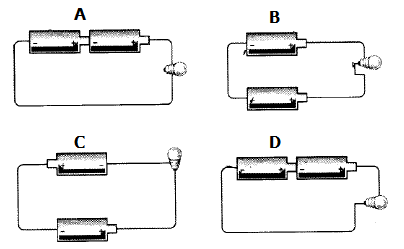
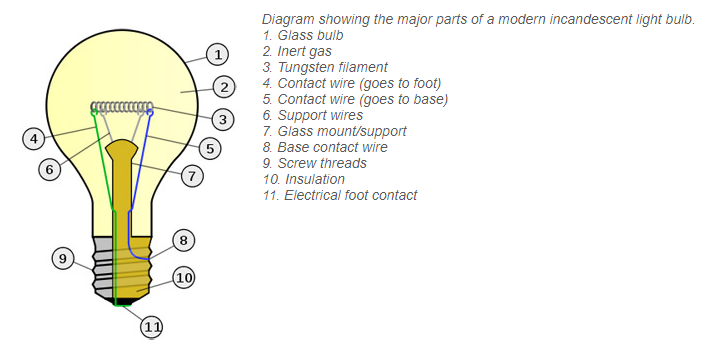
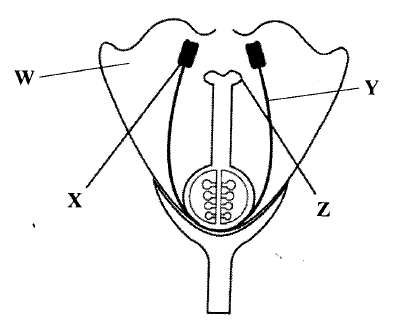
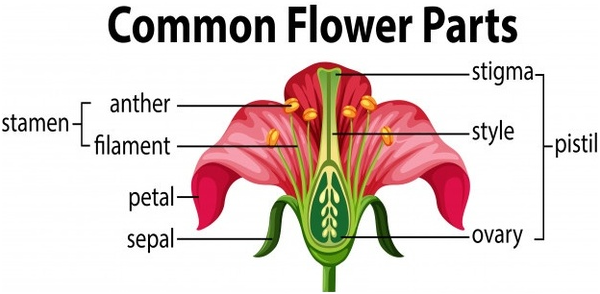
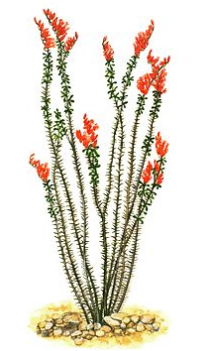
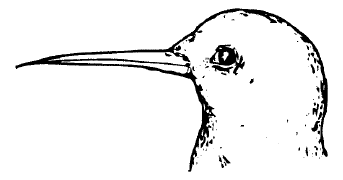
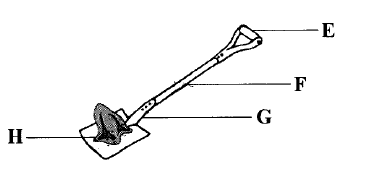

 RSS Feed
RSS Feed

